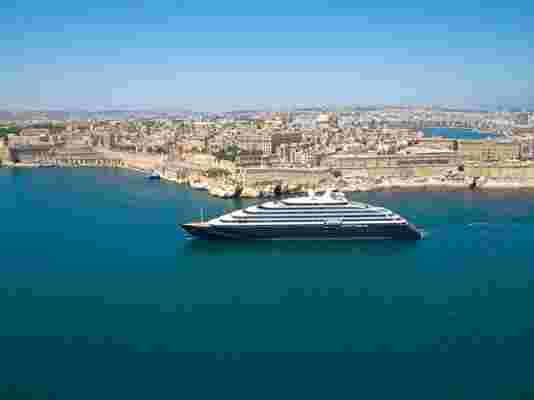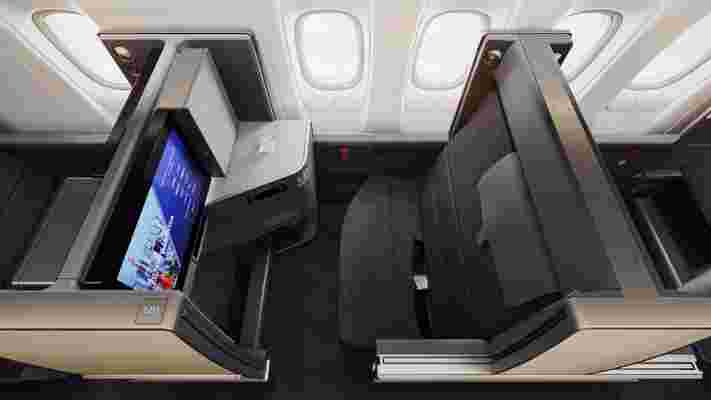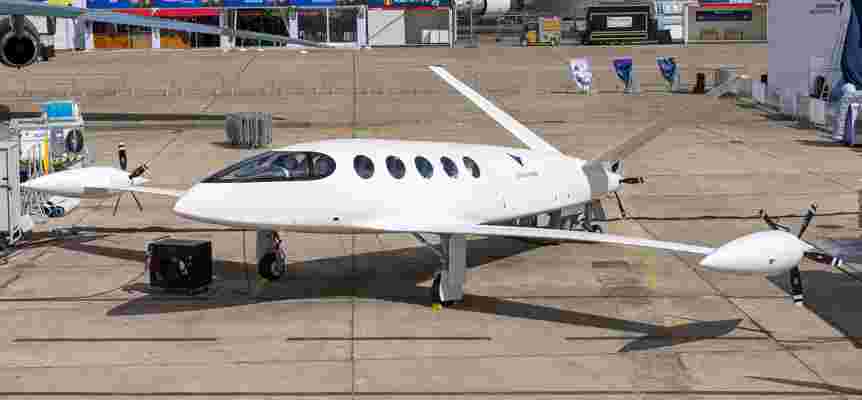We often live our lives on the go. In our day-to-day routine, most of us commute to work, run errands, and visit family and friends. And on vacation, too, we’re usually on the move—in some cases, we use transportation as a means to get to a destination, but in others, the transportation itself is the trip. Our world is highly connected by massive networks of planes, trains, ships, and cars, without which our lives would vastly change. That’s why designers and engineers are continually innovating , creating new vehicles and technology to make the act of motion easier, more comfortable, and more fun for passengers—and better for the Earth, too.
Though the cost of transportation is going down overall, making travel more accessible to more people, there’s still a great demand for luxury experiences, and there have been impressive developments in this sector. Airlines are crafting high-design cabins that offer excellent hospitality—take All Nippon Airways’ new first-class suites by Kengo Kuma and Acumen, for instance, where guests can relax in spacious accommodations inspired by luxury hotels, watch a movie on a personal 43-inch 4K screen, and sleep in plush bedding by Kyoto Nishikawa. Leisure train routes are also dominating the luxury market, from the Belmond Venice Simplon-Orient-Express to the new Great Southern train in Australia. Think cruising might be left behind? Think again. Virgin Voyages, Sir Richard Branson’s foray into the industry, launches next year with the Scarlet Lady , a lavish ship with spaces by star designers such as Roman and Williams and Tom Dixon. And numerous cruise lines are investing in ultra-luxe small-scale expedition ships that function more as super-yachts, with toys like helicopters and submarines included.

In a radical departure from the mega-ships that sail the Caribbean, the next generation of ocean cruising is all about small-scale ships sailing to large-scale destinations in the form of luxurious expedition yachts. Scenic’s Scenic Eclipse, pictured here, was one of the first such ships to launch, setting sail in August.
On the less flashy front, transportation technology continues to improve, making travel not only more convenient, but also safer across industries. Aircraft company Sikorsky has developed an autopilot system for helicopters, making one of the most challenging modes of transportation quite a bit easier for pilots. Trains are moving faster than ever before, soon reaching speeds of more than 250 miles per hour. And cars are becoming extensions of our smart homes, with artificial intelligence systems like Amazon Alexa being included in their software.
But perhaps the most important innovations in transportation design have to do with the industry’s push for eco-initiatives, such as making the jump to electric vehicles. In June, the world’s first all-electric plane made its debut at the Paris Air Show, and today, all-electric water taxis were being tested on the Seine. Even ocean liners are switching to greener energy sources, with the world’s first hybrid-powered cruise ship, the MS Roald Amundsen, setting sail this year. And while cars have long had their hand in the electric-propulsion game, they’re getting faster and stronger by the day—both Porsche and Lotus have just designed their first all-electric sports cars, the Taycan and Evija, respectively.
Transportation design evolves every single day at a rate that can be difficult to keep up with, but here, you can discover what designers and engineers have been developing across air, land, and sea.
When you’re flying at cruising altitude, sipping Champagne, and watching the latest Hollywood flick on your personal touchscreen television, it’s hard to believe that modern aviation has only existed for just over a century. But since the Wright brothers took their first flight in 1903 at Kitty Hawk, North Carolina, the field has grown immensely. In the realm of commercial aviation, airlines are looking to make flying as comfortable as possible—at least for business-class travelers. Today, an in-air experience is more akin to a stay at a hotel, with airlines developing private suites with doors in their cabins, as well as social spaces like bars and lounges where passengers can congregate.
On the technical side, advancements are being made with regards to sustainability, especially with the debut of Israeli aeronautical firm Eviation’s nine-seat commuter plane, Alice—the world’s first all-electric aircraft. And for helicopters, a new autopilot system is making flying safer and easier than ever before.


Contemporary train travelers are divided into two major camps: those seeking the convenience of a high-speed rail network, and those taking it slow on legacy luxury routes. It comes as little surprise that Japan is still a leader in the bullet train space—its latest Shinkansen model debuts next year, though engineers are already testing the next train, which would become the world’s fastest. The United States has finally stepped into the high-speed game with a private rail that connects three South Florida cities, though at just a fraction of the speed of what exists in Europe and Japan.
As for those seeking the nostalgia of glamorous long-haul train travel, there’s been a resurgence in ultra-luxe trains, like the iconic Belmond Venice Simplon-Orient-Express, which is launching three new (and incredibly opulent) grand suites in 2020, or the Great Southern in Australia, a new transcontinental leisure train exploring both nature and cities between Adelaide and Brisbane.
The promise of flying cars has been around for decades, but the time has come for them to start rolling off the assembly lines—several companies are taking pre-orders for the first vehicles. But keep your expectations low, as they’re more like helicopters than a cruiser from Star Wars . Instead, the bigger innovations are in your standard ground vehicles. Faster, sleeker, and more powerful electric cars (and motorcycles) are in the works, as are driverless electric shuttles that seek to change the landscape of urban mobility. And the user-facing tech inside cars has changed, too, like the implementation of all-digital dashboards and controls—and their integration with Amazon Alexa.
Cruising is undergoing a renaissance, with cruise lines’ priorities, and therefore their products, changing greatly. Virgin Voyages, for instance, is moving away from families and retirees for its target demographic, going for vivacious, young-at-heart adults instead—a major shift in the industry. And numerous companies are focusing their efforts on developing smaller ships, in particular, luxury expedition yachts.
“Crystal has seen an increased demand in expedition cruising over the past few years, most likely prompted by luxury travelers clamoring for more active adventure experiences encouraging in-depth exploration in far-flung destinations such as the Northeast Passage,” says Mark Spillane, director of sales and marketing for Crystal Yacht & Expedition Cruises. The line’s upcoming expedition ship, Crystal Endeavor , will be making that famed journey in 2021, as one of a number of luxury expedition yachts that will sail for remote ports over the next few years.
The ultimate resource for design industry professionals, brought to you by the editors of Architectural Digest
But environmentalism is a great concern. “The shipping industry needs to understand and acknowledge that they cannot bring more pollution and more risk to areas that need less,” says Daniel Skjeldam, CEO of Hurtigruten, a line that has just launched the world’s first hybrid-powered cruise ship.“We hope to inspire change, since change is long overdue in shipping.” Sustainability efforts, however, aren’t limited to large vessels. French start-up SeaBubbles is ready to start production on its fleet of all-electric boats that will serve as water taxis around the world. Though sailing is one of the oldest means of transportation out there, there’s still room for plenty of change.
